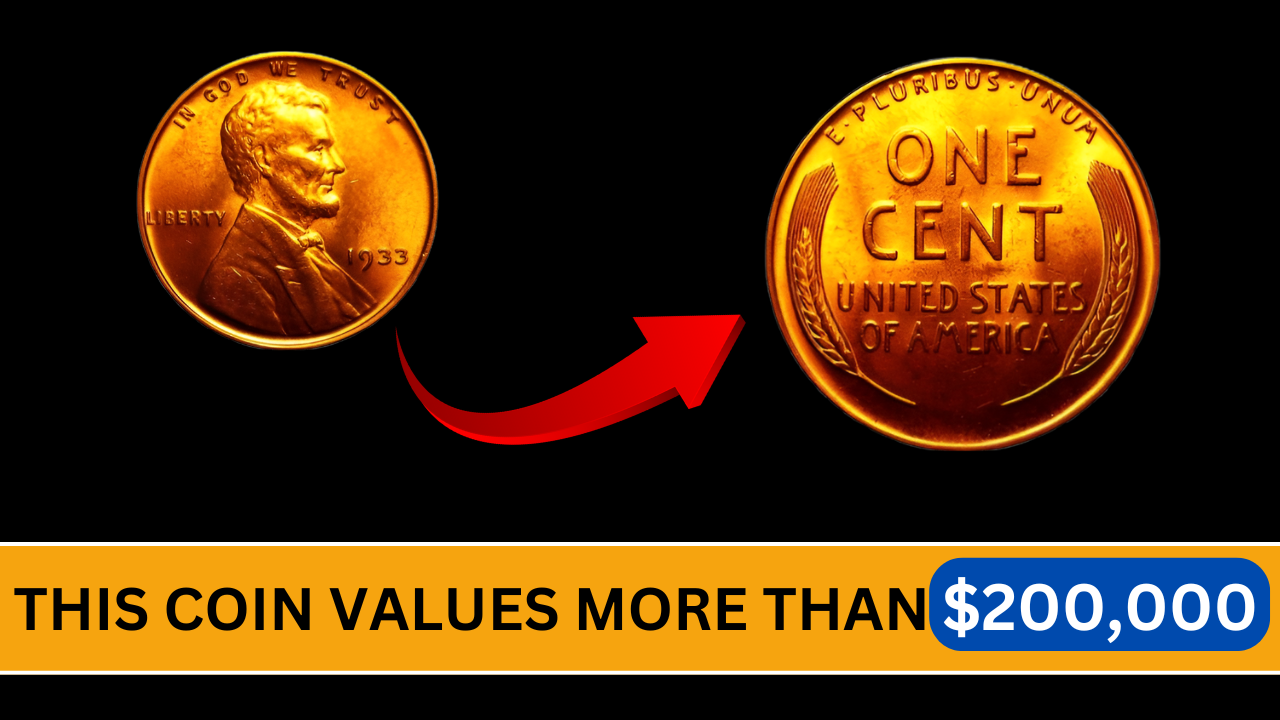The Lincoln Wheat Penny, first minted in 1909 to commemorate President Abraham Lincoln’s 100th birthday, remains one of the most iconic coins in American numismatics. Although millions were produced between 1909 and 1958, certain varieties and error coins have garnered extraordinary attention from collectors.

In 2025, market conditions and collector demand continue to influence the values of these coins, making it essential for investors and enthusiasts to understand the factors that drive their worth. This article provides a detailed, step-by-step analysis of the Lincoln Wheat Coin value in 2025, based on historical context, grading, and current market trends.
Historical Background
Introduced in 1909 by the U.S. Mint, the Lincoln Wheat Penny was designed by Victor D. Brenner and features Lincoln’s portrait on the obverse with two ear(s) of wheat on the reverse. This design, which remained in production until 1958, marked a significant shift in U.S. coinage. While the majority of these coins are common, collectors have long prized specific dates, mint marks, and error varieties for their rarity and historical significance.
Factors Influencing Value
Several key factors contribute to the value of Lincoln Wheat Coins in 2025:
- Mintage and Rarity:
Certain years and mint marks (such as 1909-S and the 1909-S VDB variety) have significantly lower mintages compared to others, resulting in higher collector premiums. Rare minting errors, including double dies or repunched mint marks, can cause a coin’s value to soar. - Condition and Grading:
The condition of a coin is paramount. Coins graded by reputable services like PCGS or NGC on a scale of 1 to 70—where grades in the Mint State (MS62 and above) fetch a premium—are more valuable. For example, a 1909-S VDB in high grade might range from several hundred dollars to thousands, depending on its exact condition pricecharting.com. - Mint Marks and Varieties:
Variations in mint marks (e.g., “S” for San Francisco, “D” for Denver) and specific varieties (like the VDB initials on the 1909 penny) play a crucial role in valuation. These attributes not only add historical interest but also directly affect scarcity and demand. - Market Demand and Trends:
In 2025, the resurgence in interest for classic U.S. coins continues to drive auction results and dealer prices. While the vast majority of Lincoln Wheat Pennies are valued at only a few cents to a few dollars in circulated condition, rare specimens and error coins have reached record prices—occasionally in the six-figure range, and in extreme cases, even higher.
Current Market Trends in 2025
In today’s market, most common Lincoln Wheat Pennies trade at nominal values, often as collectibles for sentimental reasons. However, rare varieties, particularly those with mint errors or from low-mintage years, have seen dramatic increases in value. For instance:
- 1909-S VDB: High-grade examples of wheat coin value can be valued anywhere from $500 to over $10,000 depending on the condition 2025.
- Error Coins: Rare errors—such as a 1943 copper error or a 1914-D variety—can command prices in the tens or even hundreds of thousands.
- Market Anomalies: Some reports highlight outlier values (ranging into the millions) for unique specimens, although these represent the extreme end of the market and are not indicative of the typical Lincoln Wheat Penny’s value bullionsharks.com, pricecharting.com.
These trends indicate that while the every day Lincoln Wheat Penny remains affordable, its rare and error variants continue to attract serious collectors and investors in 2025.
How to Assess and Increase Your Coin’s Value
For collectors looking to determine the value of their Lincoln Wheat Coin:
- Professional Grading:
Submit your coin to grading services such as PCGS or NGC. A higher grade (MS65 and above) can exponentially increase its market value. - Authentication:
Ensure your coin’s authenticity by consulting reputable coin dealers or numismatists. This is particularly important for error coins or varieties with low mintage. - Market Research:
Stay updated with current auction results and price guides from reputable sites like PriceCharting and BullionSharks bullionsharks.com, as these provide insight into recent sale prices and market demand.
FAQs
A1: The Lincoln Wheat Coin, commonly known as the Lincoln Wheat Penny, was minted from 1909 to 1958 and features President Lincoln on the obverse and wheat stalks on the reverse.
A2: Key factors include the coin’s mintage, condition (as graded by services like PCGS or NGC), mint marks, any minting errors, and current market demand.
A3: Most common examples in circulated conditions are worth only a few cents to a few dollars, while rare or high-grade specimens can fetch significantly higher prices.
A4: For an accurate appraisal, consult reputable coin dealers or submit your coin to professional grading services such as PCGS or NGC.
A5: High-value examples include the 1909-S VDB, which can be worth from $500 to over $10,000 in high grades, and error coins from years like 1943 or 1914-D, which have reached six-figure values in auctions.

Claire Bennett is a seasoned finance writer with over 8 years of experience, specializing in personal finance and investment strategies. She has contributed to top media outlets like Forbes and Business Insider.